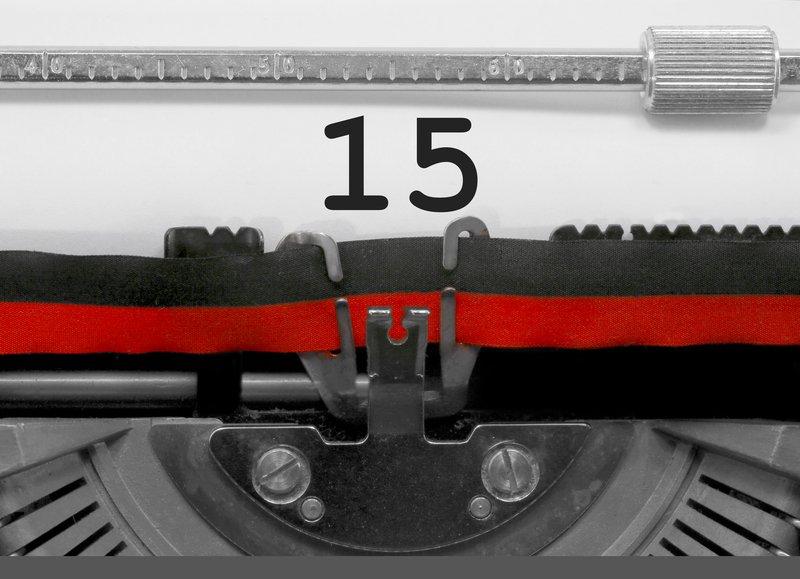Increasing cash flow and being tax-efficient are usually near the top of every small business owner’s agenda. One way to achieve both these aims is to take advantage of the various tax incentives available to businesses.
However, small businesses often miss out on these tax breaks because they either don’t know what they’re entitled to, or can’t find the time to make a claim. So to help you save time and money, here are five tax incentives and tax relief opportunities small businesses can take advantage of;
1. Get rewarded for innovation
The Prime Minister wants to invest 2.4 percent of GDP in research and development over the next 10 years. Part of this is the R&D tax credit, available to SMEs who are developing an innovative new product or service.
As the Research & Development Tax Credit scheme becomes more popular, the number of claims is increasing. The average R&D tax credit claim value for small businesses is now £61,514. However, many SMEs are still unaware the R&D tax credit is available to them.
To qualify, a business must have fewer than 500 full-time employees with revenue of less than €100m or balance sheet assets less than €86m.
To get R&D tax relief you need to explain how a project:
- Looked for an advance in science and technology,
- Had to overcome uncertainty,
- Tried to overcome this uncertainty and found a solution which couldn’t be easily worked out by other professionals in the field.
You may think this tax credit is reserved for life sciences or engineering who invest huge amounts into R&D activities, but this is not always the case.
For example, construction businesses can claim if they develop a new temporary work solution, a sustainable technology or a design to suit unusual environmental conditions.
Once you’ve explored all the tax credits on offer to your small business and applied for those which suit you best, make sure to invest any rebates back into your business to help support the next stage of growth.
2. Register for VAT
By law, any business turning over more than £85,000 a year needs to be VAT registered and failure to comply can result in hefty fines.
However, it’s a common misconception that small businesses with an annual turnover lower than the threshold cannot be VAT registered, when in fact, any business can register for VAT.
For those who aren’t too thrilled at the thought of being an unpaid tax collector for the government, there are compensations;
- You can backdate VAT reclaims up to 4 years giving you a lump sum to invest elsewhere in the business,
- Having a VAT registration number can boost your reputation with customers and suppliers,
- The VAT Annual Accounting Scheme gives you the flexibility to submit one annual VAT return after the first year, saving on admin,
- The Cash Accounting Scheme lets you account for payments you have made or received instead of invoices issues. This is great if your business allows periods of credit or regularly has late payers.
Once you are VAT-registered, you will need to charge VAT on your products and services and you will be able to reclaim the VAT you pay on products and services that your business buys.
If your customers are businesses, as opposed to individuals, you will almost certainly pay less tax if you register for VAT. Your accountant will be able to advise you.
3. Let your hair down
An annual staff party, be it at Christmas or a summer BBQ, can be a great chance for your team to let their hair down and socialise.
However, staff parties are often expensive. So, any opportunity to cut this cost should be welcomed with open arms.
It may come as a surprise, but any limited company can claim tax relief on the cost of hosting office parties, making treating your staff more affordable. This benefit extends to a plus one for each employee and includes food, drink, travel and accommodation.
A staff party or an annual function qualifies as a tax-free benefit for your employees providing you meet the following conditions:
- The total cost doesn’t exceed £150 per head inclusive of VAT,
- The event is primarily for entertaining staff, and
- All employees are invited.
However, £150 is an annual limit and not an allowance: if the cost is £151, the whole party is taxable.
If there are two parties in a financial year, where the combined cost of each exceeds £150, the £150 limit is offset against the most expensive one, leaving the other one as a fully taxable benefit.
4. Attract investors with EIS & SEIS
If your company has been trading for less than two years and owns less than £200,000 in assets, the government could help you raise money (up to £150,000) through its Seed Enterprise Investment Scheme (SEIS).
In 2015-16, 2,225 companies received investment through the Seed Enterprise Investment Scheme (SEIS) and £170 million of funds were raised.
This indirect tax relief can fast-track your business to the next growth stage by offering tax incentives to individual investors who buy new shares in your company, making investing in your company more attractive.
To apply your business;
- Must have been established in the UK,
- Must not be a member of a partnership, and
- Have less than 25 full-time employees when shares are initially issued.
If your company has any subsidiaries, this applies to the whole corporate group.
Next, you must complete the relevant forms (Form SEIS1) and send it to HMRC. This form cannot be submitted until you’ve have been trading for at least 4 months.
If your business has been trading for more than two years, but no more than seven years, you could qualify for the Enterprise Investment Scheme. Find more details on these schemes in our dedicated guides;
5. Benefit from uniforms
A uniform can help make your brand instantly recognisable, appear more reputable and offer protection for your staff while on-the-job.
The benefits don’t end there; small business owners investing in staff uniforms can claim tax deductions back (VAT and National Insurance contributions) and employees can claim a tax rebate for the cost of maintaining and replacing them.
Employers must keep accounting records for uniform purchases. Having a permanent logo on your uniform makes work clothes a uniform for tax purposes. This is applicable whether the uniform is a full outfit or a simple polo shirt or T-shirt.
Clipping a detachable logo badge to otherwise ordinary clothes does not, however, make those clothes a uniform.
Employees can quickly find out how much they’re owed by entering a few simple pieces of information into this online calculator which will provide an estimate and send out the relevant forms.
Claims can be backdated to the last four tax years and received as a single payment, while any future claims will be paid in wages.
This guide has been written exclusively for ByteStart by Tony Mills who is a Director of Online Tax Rebates.

|
Free Tide Business Bank Account + £50 Cashback!Simply open a free business current account to qualify + 12 months free transactions. Read our Tide review. Open a Tide savings account at the same time and earn an excellent 4.07% AER (variable) on your spare funds. |









